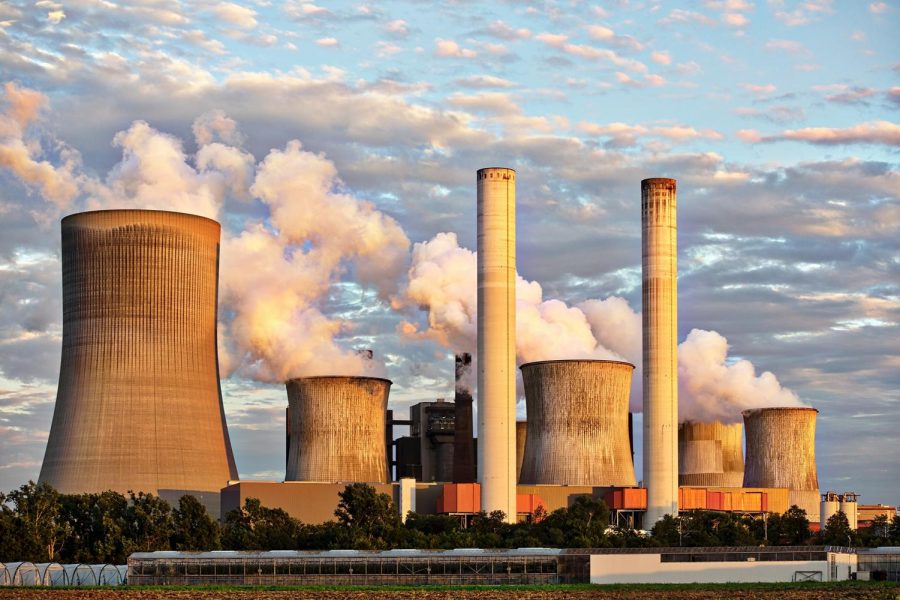The Nuclear Problem
The Nuclear Age began on July 16th, 1945, in the New Mexico desert when the U.S tested their first atomic weapon. Three weeks later a bomb was dropped on the Japanese city of Hiroshima, three days later another one was dropped on the city of Nagasaki. The weapons instantly killed nearly 200,000 people and caused unprecedented destruction. Nuclear weapons can detonate in a billionth of a second, and can reach the interior temperature of our sun! Since 1945 the world hasn’t used any nuclear weapons for warfare, but that hasn’t stopped nations from trying to build them and stockpile nukes. Today only “nice” countries in the world posses nuclear weapons: the United States, Russia, United Kingdom, France, China, India, Pakistan, North Korea, and Israel.
There are two basic type of Nuclear weapons: Nuclear Fission Bombs and Nuclear Fusion bombs. The first nukes were Fission bombs, they are easier to engineer and requires less resources to manufacture. These were the bombs that got dropped on Japan. All nuclear weapons have a radioactive core, majority of the time the core is made out of uranium and plutonium. Fission bombs work by splitting apart the atoms of the cores, when a nucleus of an atom splits it ejects neutrons and causes a burst of electromagnetic energy. This reaction is devastating when done with radioactive isotopes, such as uranium-235. When the atoms of this isotope are packed together and one atom splits, it causes a chain reaction causing all other atoms to split creating a large explosion. The next type of nuclear weapons are Fusion bombs, these bombs were created to upgrade the effects of Fission bombs by using the nuclear process of fusion. Fusion bombs are also known as Hydrogen bombs or Thermonuclear bombs, these are bombs are more powerful because they’re really two bombs packed into one, a fission and a fusion bomb. When the bomb detonates an initial fission reaction causes a fusion reaction. This fusion reaction causes the hydrogen isotopes within the bomb to be violently smashed together and cause a huge explosion. Fission and Fusion reactions are so devastatingly powerful, these same reactions power our sun!
After World War II ended, the Cold War between the U.S and the Soviet Union began, both possessing nuclear weapons, they became the world superpowers. 12 years after the dropping of the first nukes the world entered the Space Age, when the Soviet Union launched Sputnik into space on 1957. With this new age came a new technology that would alter the nuclear age, rockets. Rocket and missile technology allowed nations to attack each other from their homeland. The first nukes were known as gravity bombs, they were dropped on top of a target after being carried by a heavy bomber aircraft. There were many problems with this, the aircrafts were slow and could be easily shot down. This brought us to the second way to deliver nukes, a method used since the Cold War, using Intercontinental Ballistic Missiles (ICBMs). ICBMs work by putting a nuclear warhead on top a missile, the missile is then fired and guided towards its target. Early ICBMs had limited precision, they couldn’t travel large distances or take down smaller targets. Today ICBMs are able to go anywhere in the world and attack any target, this is all due to advances in rocket technology. Modern ICBMs work by having a nuclear warhead on top of the missile, a missile is a guided rocket propelled weapon, ICBMs have multiple stages of rockets on them allowing them to go further distances. When fired the missile works its way up into Space with the help of the multiple stages of rockets, it then comes back down to earth at extreme high speeds hitting the target. While the U.S and Russian have had ICBMs since the late 1950s, modern ICBMs with nukes on them are extremely difficult to engineer and only some countries posses them.
While hearing about the threats of ICBMs can be scary, the U.S government has many missile defense technologies to help prevent a missile attack. Majority of the latest military defense technologies aren’t available for public knowledge, because the more people know about them the easier it’ll be for other nations to figure out how to counter the defense. However, one defense system that is known by the public is called the Terminal High Altitude Area Defense (THAAD) system. This system was originally designed during the late 1980s, but was produced and started being used during 2008. The best way to stop a missile is to destroy it mid-air before it gets too close to the target, this is just what the THAAD system does. The system intercepts a missile during its terminal (descent or re-entry) phase by firing an interceptor, usually another missile, and destroying the threat. The interceptor missile fired by the THAAD system isn’t explosive, it has no warhead on it, it instead relies on kinetic energy to destroy the incoming missile. Currently the technology is only capable of destroying short, medium, and intermediate ballistic missiles, it isn’t able to destroy the large nuke carrying ICBMs which are the bigger threat. The technology is still in development and has great potential to help protect the U.S from ICBMs.
The Nuclear Age began on 1945, since then the world has created enough nukes to destroy our planet multiple times. In the beginning Fission bombs were dropped on Japan causing huge unprecedented destruction, today we have Fusion bombs (Hydrogen and Thermonuclear bombs) capable of leveling entire nations. Advances in rocket technology allowed the world to create ICBMs, and now we’re always under the threat of one of these ICBMs being used by the wrong people. The latest ICBM defense technologies are classified, but from what we know about the THAAD system there is potential to stop the devastating power of nukes. This is the nuclear problem, nuclear technology is advancing quickly, more and more dangerous nations are getting possession of ICBM technology, and we don’t have enough defenses to stop them. Even if the situation might look grim, we have made the greatest advances in technology in the last 70 years, one day in the future ICBMs will become obsolete due to even more advances in defense technology.











